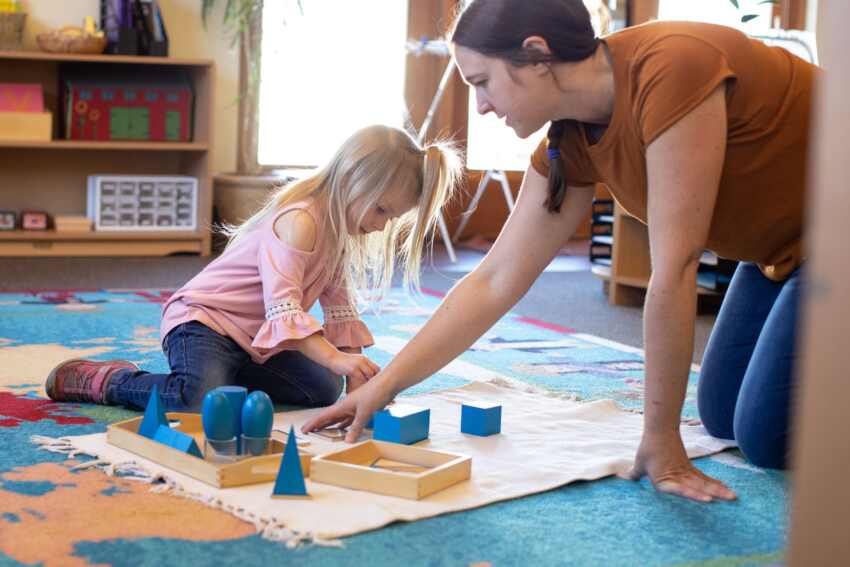Building Confidence in Measurement: International Montessori Techniques and Tools that Work
Measurement is an essential skill that children need to learn at an early age. It enables them to understand and make sense of the world around them. The Montessori method offers a unique and effective approach to teaching measurement, using hands-on materials and engaging techniques. In this article, we will explore some of the Montessori techniques and tools that can help build confidence in measurement.
1. Understanding the Basics of Measurement
Before diving into specific techniques, it is important to establish a solid foundation of understanding the basics of measurement. This can be done by introducing children to the different units of measurement, such as length, weight, and volume. Using clear and concise explanations, along with real-life examples, will help children grasp the concept of measurement.
2. Sensorial Activities for Measurement
In Montessori education, sensorial activities play a crucial role in learning. These activities engage the senses and enable children to explore and understand measurement in a hands-on way. For example, using a set of wooden cylinders with varying heights, children can arrange them in order from shortest to tallest, providing a visual representation of measurement.
3. Introduction to Measurement Tools and Units
Montessori classrooms are equipped with a variety of measurement tools, such as rulers, scales, and measuring cups. Children are introduced to these tools gradually, allowing them to explore and understand their purpose. For example, using a ruler, children can measure the length of objects in the classroom or compare the length of different items.
4. The Number Rods
The Number Rods are a specific Montessori material designed to teach length and quantity. They consist of ten wooden rods, varying in length from 10 centimeters to 1 meter. By manipulating and arranging the rods, children learn the concept of measurement and develop a sense of number sequence.
5. The Pink Tower
The Pink Tower is another Montessori material that helps children understand measurement through size and volume. It includes ten wooden cubes, ranging in size from 1 cm³ to 10 cm³. By stacking the cubes from largest to smallest or vice versa, children develop spatial awareness and perception of size differences.
6. Measuring Continuity
Montessori materials also focus on teaching children about continuity in measurement. The Broad Stair, for example, consists of red and blue rods varying in length by 10 cm increments. By arranging the rods in a continuous pattern, children learn about numbers and measurement in a sequential manner.
7. Practical Life Applications
Engaging children in practical life applications of measurement further enhances their understanding and confidence. In the Montessori classroom, this can be done through activities such as cooking, where children measure ingredients or use measuring cups and spoons. These real-life experiences help children connect measurement to their daily lives.
Measurement is a fundamental skill that empowers children to navigate the world with confidence. By incorporating Montessori techniques and tools, educators can provide children with a hands-on, sensorial approach to learning measurement. From understanding the basics to using specific materials like the Number Rods and the Pink Tower, children gain a solid foundation in measurement concepts. By introducing measurement tools and engaging in practical life applications, children’s confidence in measurement is further strengthened. By using these techniques and tools, children can develop a lifelong love and understanding of measurement.
Nidhin
For More Details Call: +917510220582
